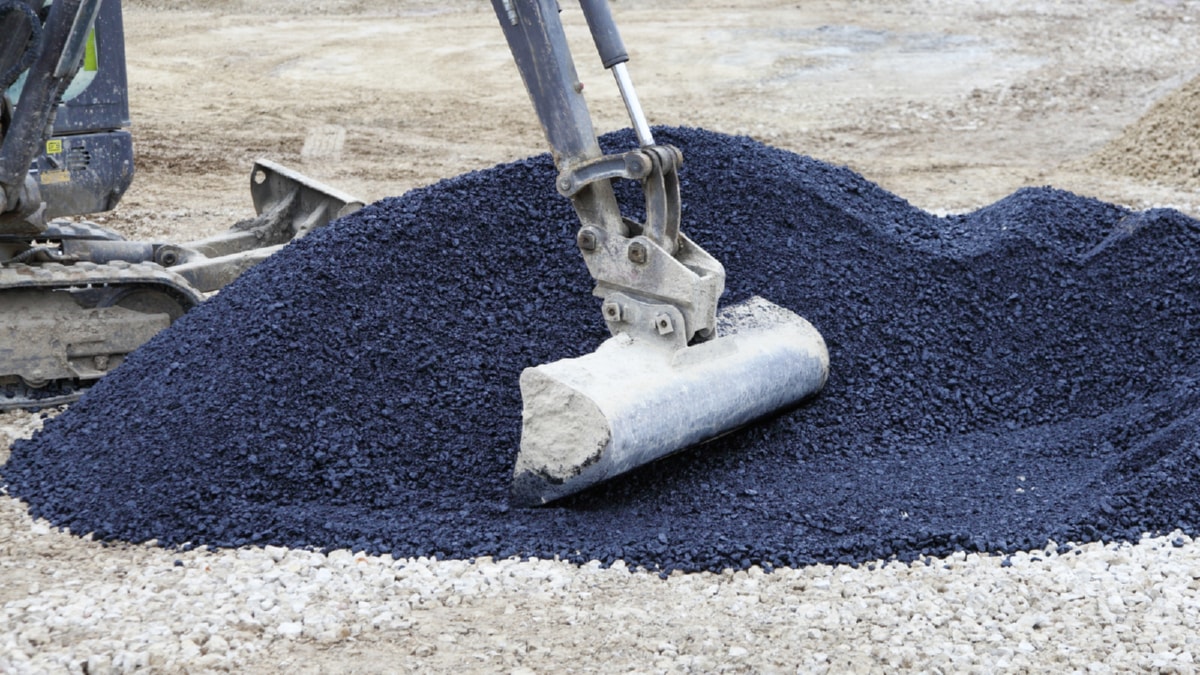Sustainable construction is not a fleeting trend but a necessary evolution in the built environment sector. As the world grapples with the climate crisis and resource scarcity, the construction industry is rising to the challenge, incorporating practices that reduce its environmental footprint and contribute to a sustainable future. This article explores the latest trends in sustainable construction practices, from green building materials to energy-efficient design.
Arguably, one of the most significant shifts in sustainable construction is the use of green building materials. These materials are sustainably sourced, non-toxic, and have a low environmental impact. For instance, cross-laminated timber (CLT) has emerged as a preferred material in green architecture due to its carbon-sequestering properties and renewable nature. CLT is also strong, enabling the construction of high-rise buildings that were previously the domain of carbon-intensive steel and concrete.
Recycled materials are also gaining traction in sustainable construction. From repurposed steel to recycled concrete and brick, these materials minimize waste and reduce the demand for new raw materials. The construction industry is even exploring the use of unconventional materials such as mycelium (mushroom roots) and hemp, both known for their insulation properties and sustainability credentials.
Energy efficiency is another key trend in sustainable construction. Passive design strategies, such as orienting a building to take advantage of natural sunlight and ventilation, are becoming the norm in green construction. In addition, builders are increasingly incorporating renewable energy sources, such as solar panels and wind turbines, into their designs. These strategies not only reduce a building’s carbon footprint but also lower operational costs.
The rise of smart technologies is also shaping sustainable construction practices. Building Information Modelling (BIM) and digital twins, for example, allow architects and engineers to optimize a building’s performance from the design phase. Moreover, smart systems and IoT devices are being used to monitor and control a building’s energy consumption, further enhancing its efficiency.
Another noteworthy trend is the development of net-zero buildings. These are structures designed to produce as much energy as they consume over a year, primarily through renewable sources. While still a relatively new concept, the number of net-zero buildings is expected to grow as more countries aim for carbon neutrality.
Lastly, the concept of “buildings as a service” is gaining momentum. This approach views buildings not as static structures but as dynamic entities that can adapt to changing needs and conditions. It emphasizes flexibility, with spaces designed to be reconfigured or repurposed as necessary. This reduces the need for new construction and the associated environmental impact.
In conclusion, sustainable construction practices are evolving rapidly, shaped by innovation, technology, and a growing awareness of the environmental challenges we face. These practices emphasize the use of green materials, energy efficiency, smart technologies, and adaptability. As they become mainstream, these trends hold the promise of a more sustainable built environment, contributing to the global fight against climate change.
For more details, check best masonry services or visit their business listing here.



